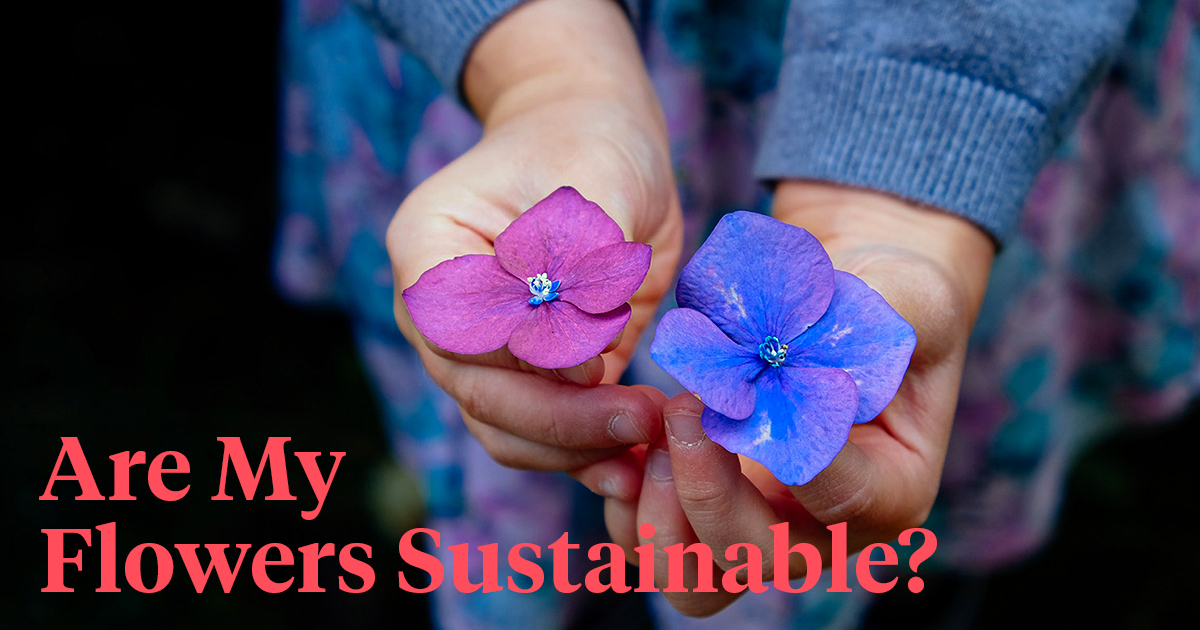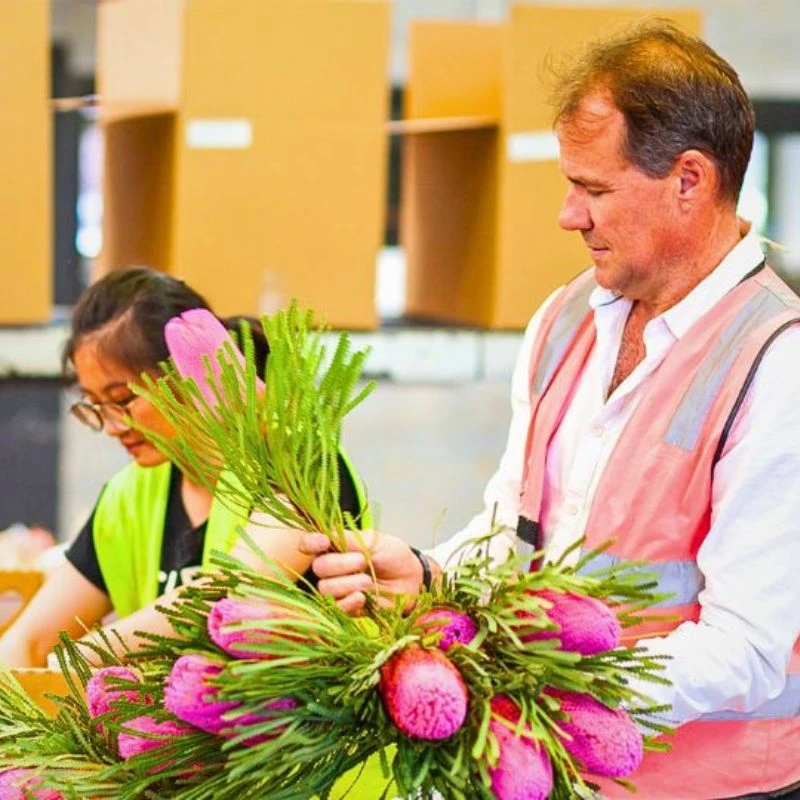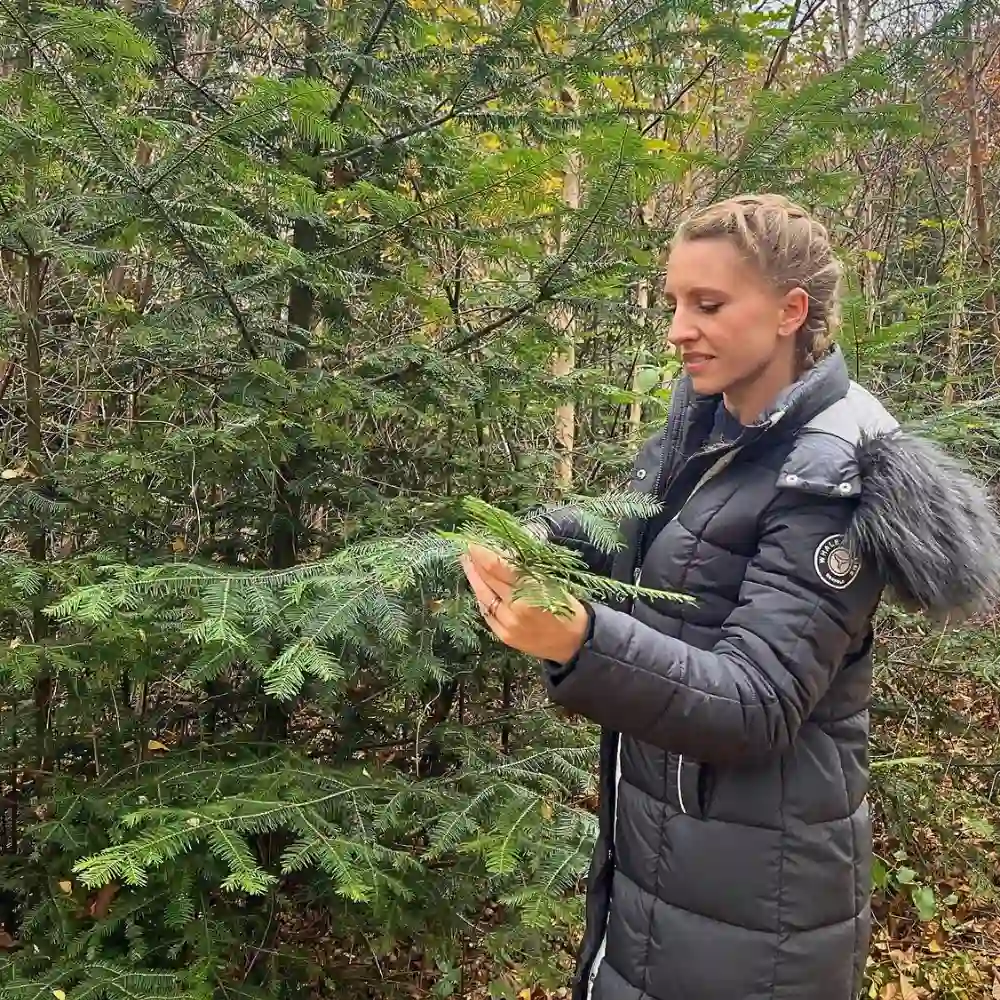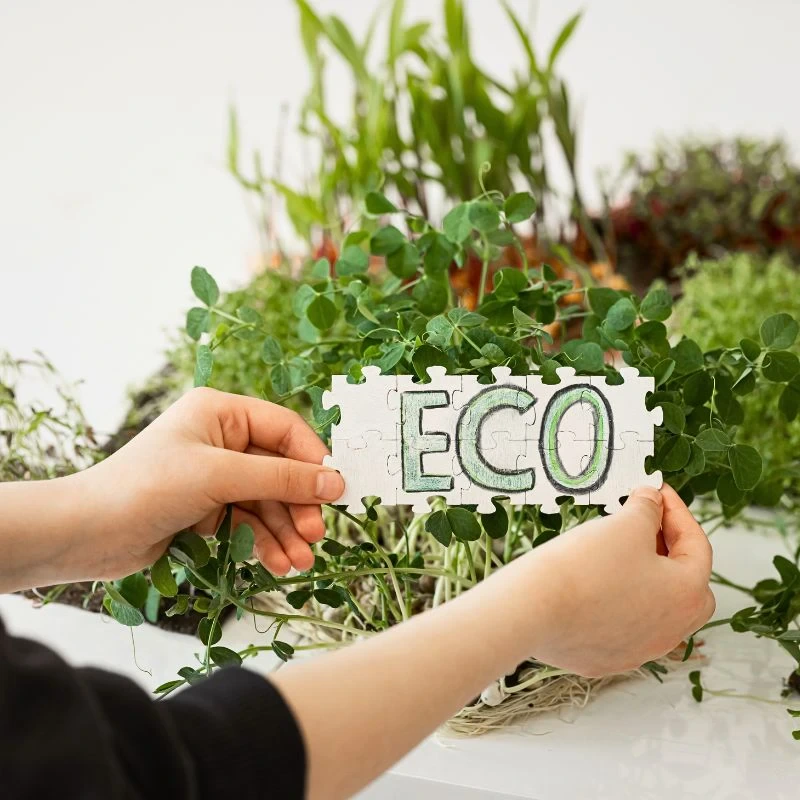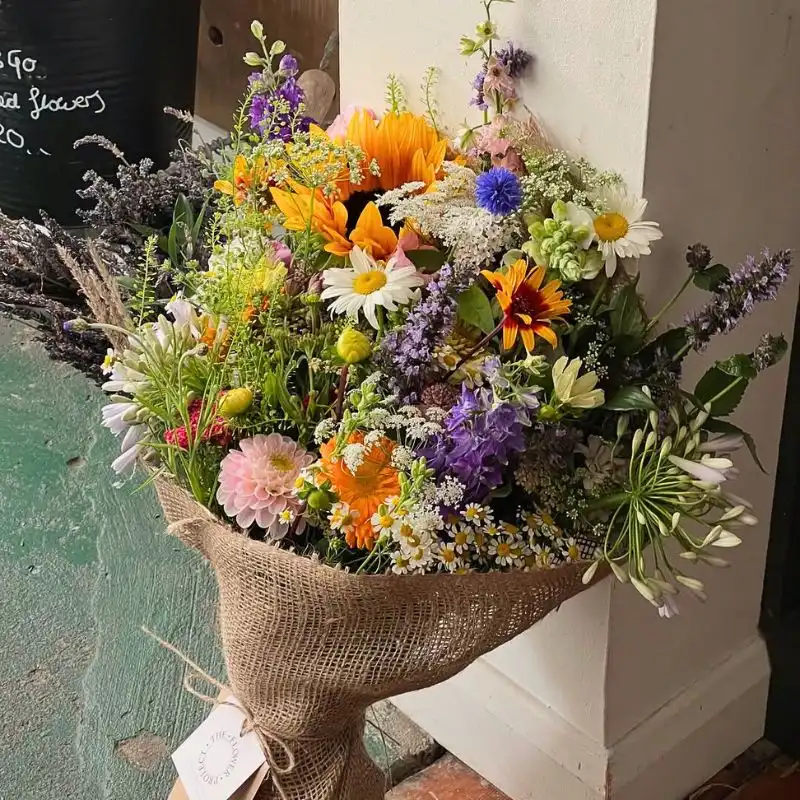As consumers become increasingly aware of the environmental impact of the products they buy, the demand for sustainable and eco-friendly options continues to grow. This trend especially plays a role in the floral industry, where customers are increasingly interested in purchasing flowers that are grown and sold in an environmentally responsible manner. Florists who can provide sustainable flowers have a competitive position in the market. A starting point for being able to grow a sustainable flower is calculating its environmental footprint. On this page, you can read more about footprint calculations for florists.
In this article, we answer questions regarding Environmental Footprinting and Sustainable Flowers.
Are My Flowers Sustainable Because They Store CO2?
This is a frequently asked question amongst florists. Unfortunately, the answer is no. A flower only stores carbon for a short amount of time. When the flower dies, the carbon goes right back into the atmosphere, increasing the greenhouse gas concentration.
To grow a sustainable flower, it is important to look at its entire life cycle and all its emissions and resources that are used to grow the flower. Altogether this is the impact that the flower has on the environment, or in other words: the environmental footprint.
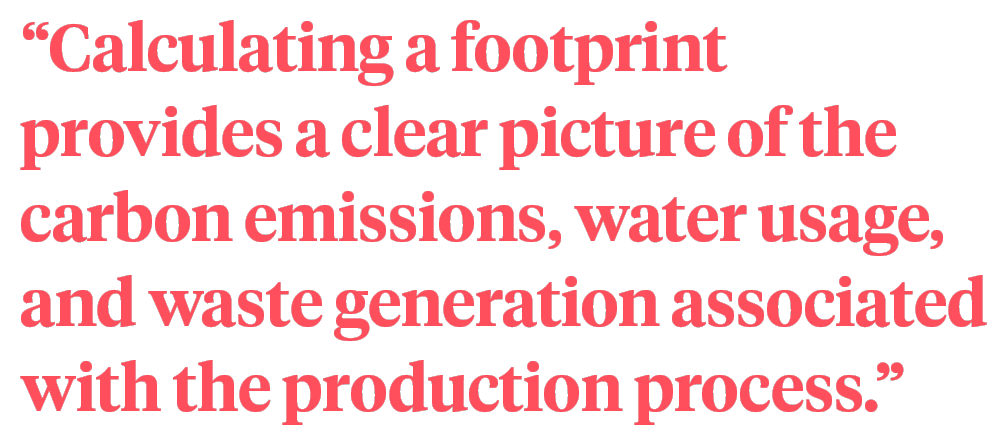
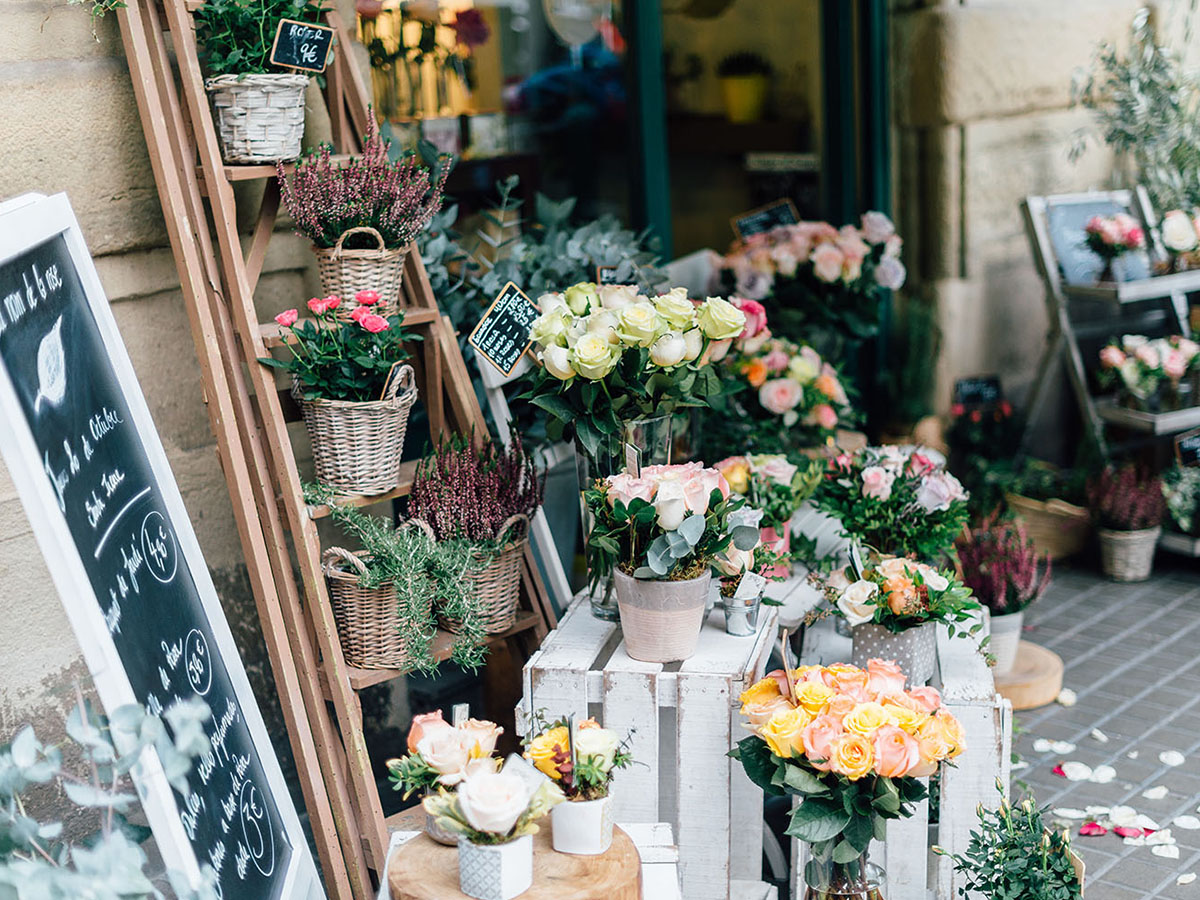
How Can I Calculate the Environmental Footprint of Flowers?
Calculating the environmental footprint of flowers involves conducting a Life Cycle Assessment (LCA) of the product. An LCA is a comprehensive analysis of the environmental impact of a product, process, or service throughout its entire life cycle. From the extraction of raw materials to its disposal or recycling. In the case of a flower, this would include analyzing the environmental impacts of growing, packaging, transporting, and disposing of the flower.
There are several factors that contribute to the environmental footprint of flowers, including:
- Energy used in the production and transportation of flowers
- Water usage in irrigation and other production processes
- Fertilizer and pesticide usage
- Land use and changes in land use
- Waste generation and disposal
By conducting an LCA, florists can quantify the environmental footprint of their flowers and identify opportunities to reduce their environmental impact.
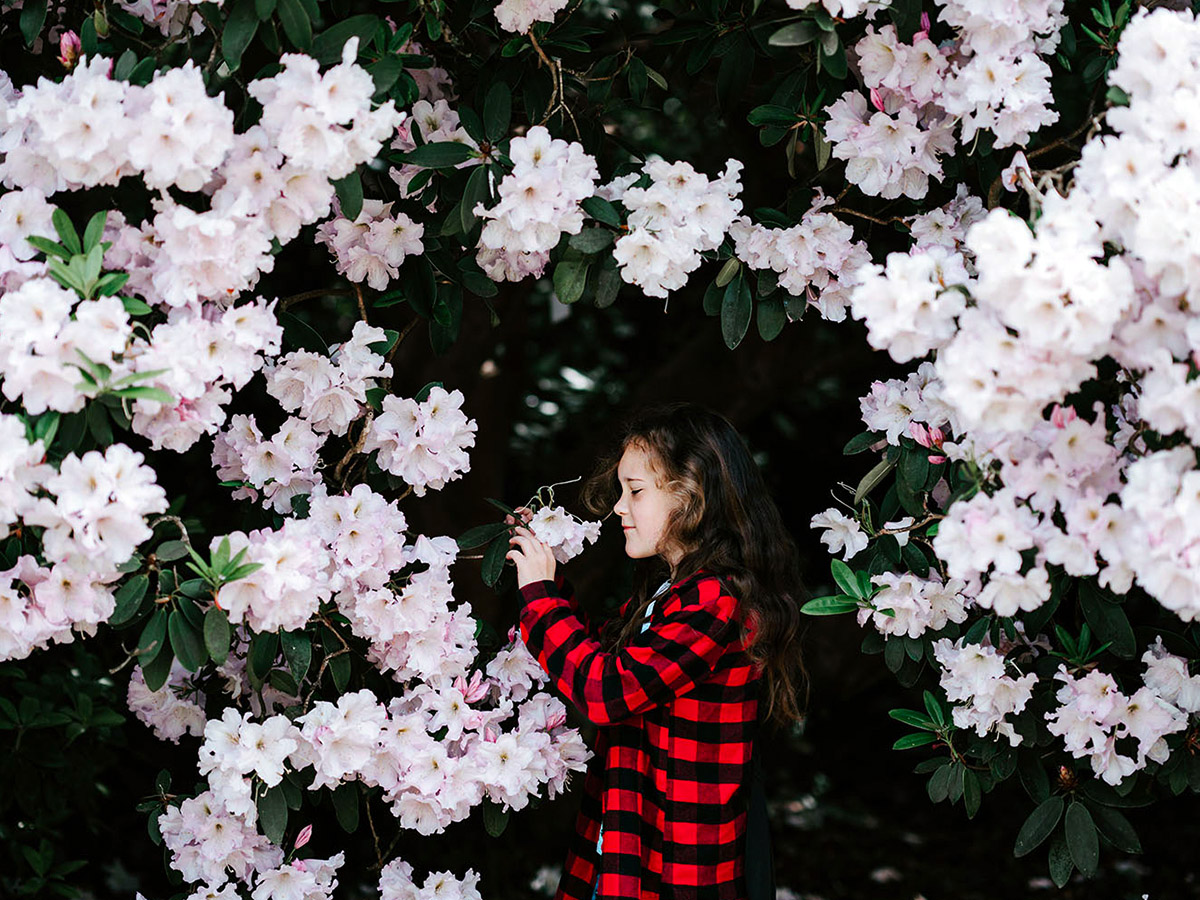
Why is Calculating a Footprint Important to Get Sustainable Flowers?
Calculating a footprint is an essential step toward reducing the environmental impact of flower production. It provides a clear picture of the carbon emissions, water usage, and waste generation associated with the production process. As a florist armed with this knowledge, you can take steps to reduce your environmental footprint, such as:
- Sourcing flowers from local growers to reduce transportation emissions
- Using eco-friendly fertilizers and pesticides to reduce chemical usage
- Implementing water conservation techniques to reduce water usage
- Recycling and composting waste to reduce landfill waste.

Can I Calculate the Footprint of My Flowers Myself?
It goes without saying that calculating the footprint of a product requires knowledge about Life Cycle Assessments. Therefore, it is recommended to get assistance from a sustainability consultancy with trained LCA specialists, to guide you or perform the calculations for you. An example of an LCA consultancy specializing in LCA’s in flori- and horticulture is the Dutch company Greenhouse Sustainability. This internationally oriented company also offers accessible footprint tools that you can use to do the calculations all by yourself.
Measurably sustainable flowers
Calculating the environmental footprint of flowers is an important step toward creating a more sustainable floriculture industry. By understanding the impact of their products, florists can take steps to reduce their environmental footprint and create a more eco-friendly business. Sourcing flowers from local growers, using eco-friendly fertilizers and pesticides, implementing water conservation techniques, and recycling waste are just a few of the steps that florists can take to reduce their environmental impact. By incorporating these practices, you can become more sustainable as a florist and attract environmentally conscious consumers with the sale of measurable sustainable flowers.
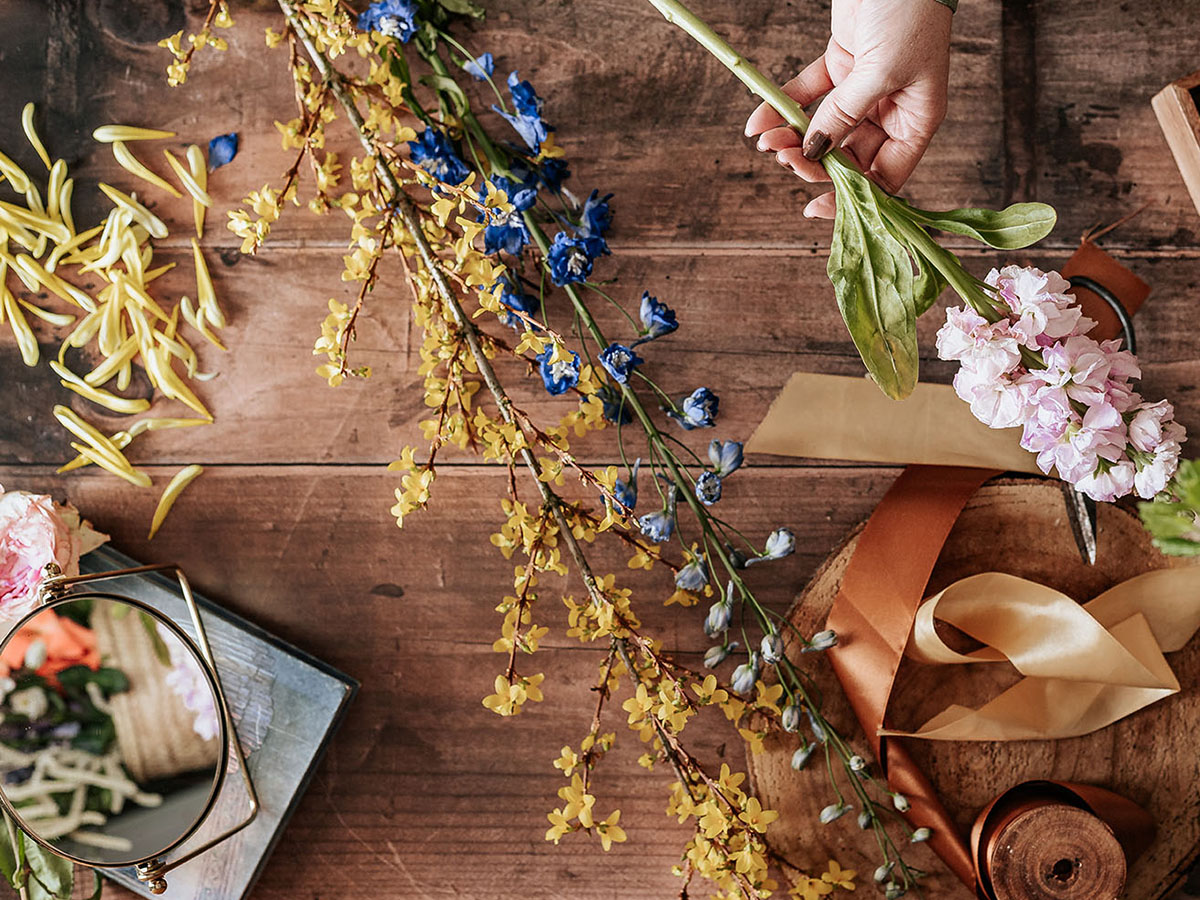
Would you like to know more about footprint calculations? On this page, Greenhouse Sustainability explains more about how footprint calculations can help with sustainability for florists.

